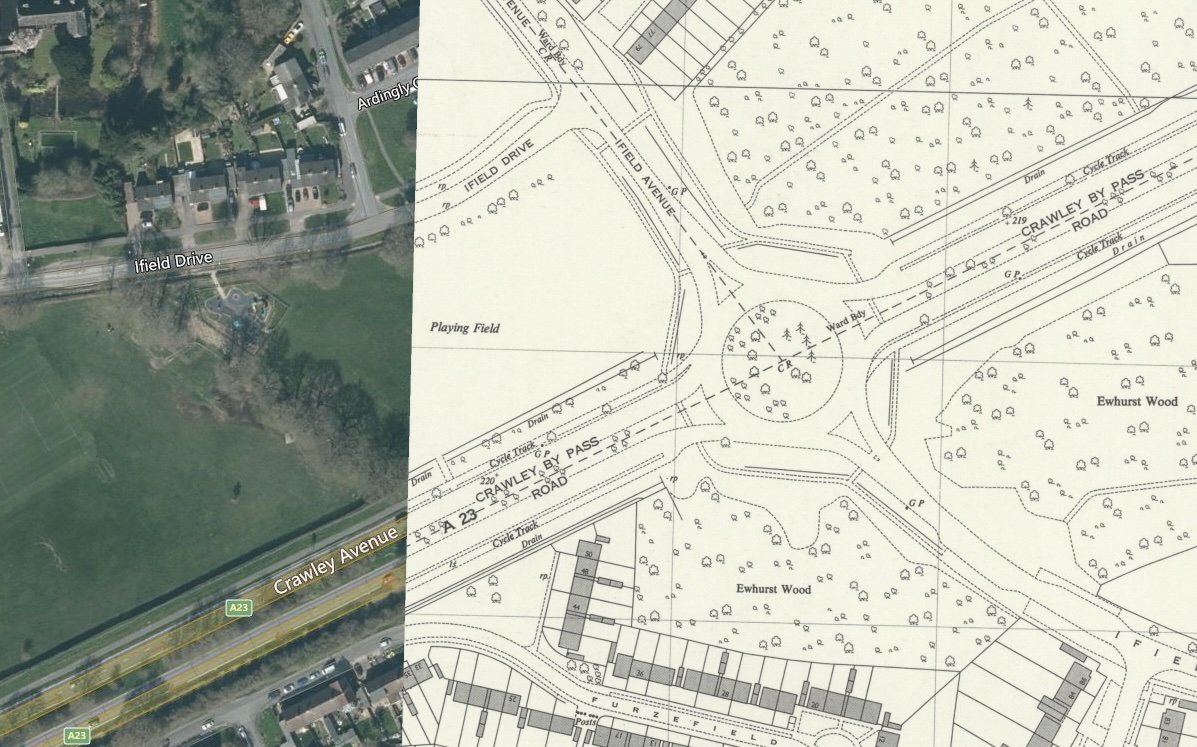
Is there a ghost cycle path near you? A relic of a long-forgotten campaign of infrastructure building might well be waiting to be uncovered on a road close to you.
The results of a project to uncover Britain's long-forgotten cycle paths dating back to the 1930s have been revealed for the first time on a new website.
The project also reveals that the Dutch have been getting it right – and we have been copying them – for many decades.
BritishCycleTracks.com was curated by cycling journalist, author and history buff Carlton Reid, who also spearheaded the project. With the help of 900 crowdfunders, he set about uncovering cycle paths that dated back to a 1934 campaign to create new cycling infrastructure.
The then Transport Minister instructed his chief engineers to visit the Netherlands and ask their Dutch counterparts for help, Reid explains. They were duly supplied with the blueprints for a new network.
"The Ministry of Transport knew exactly how to do this because their Dutch counterparts gave them maps, plans, photographs," he says. "It wasn't just Dutch inspired – it was a carbon copy. Unfortunately, we didn't do them as wide as the Dutch ones. We did them nine foot and the Dutch 12 foot."
He did find one exception in Middlesbrough, built to the full width to link up an iron foundry and a chemical works. "These folks were way ahead of [their time]," says Reid. "And it's just sat there, doing nothing for 80-odd years. This 12-foot bike path. And you see cyclists using the footway – they don't realise that this wide road was built for them."
At the beginning of the project, Reid says that as a "bike history nerd", he had been aware of just a few such paths at the beginning of the project. But by the time he'd finished he had found 102 of them, totally around 500 miles up and down the country.
Some of them lay buried under grass and required some digging to expose. Others have been "hiding in plain sight", as Reid puts it.

While he has since gone out to view and ride them, a lot of the original detective work was done using Google Street View, such are the distinct characteristics of the old infrastructure.
"Once you know what they look like… I became this kind of expert on kerbs and splayed entrances, and what they look like, and I could dig up grass and know what's under that grass," says Reid. "Wherever they are in the country, they are almost identical."
He now hopes that the project will pave the way for the old routes to be reinstated.
Indeed a designer from the Urban Movement transport design practice has looked over 12 of the routes pinpointed by Reid and draft findings have been submitted to the Department for Transport.
"One of them got £1.5 million," Reid says. "That's in Leicester, coming up shortly. So there are 11 other local authorities who could do the same."
There is a map of the 102 paths on the BritishCycleTracks website, but despite his seven years of research Reid is fairly sure there are others out there. Keep your eyes peeled!







